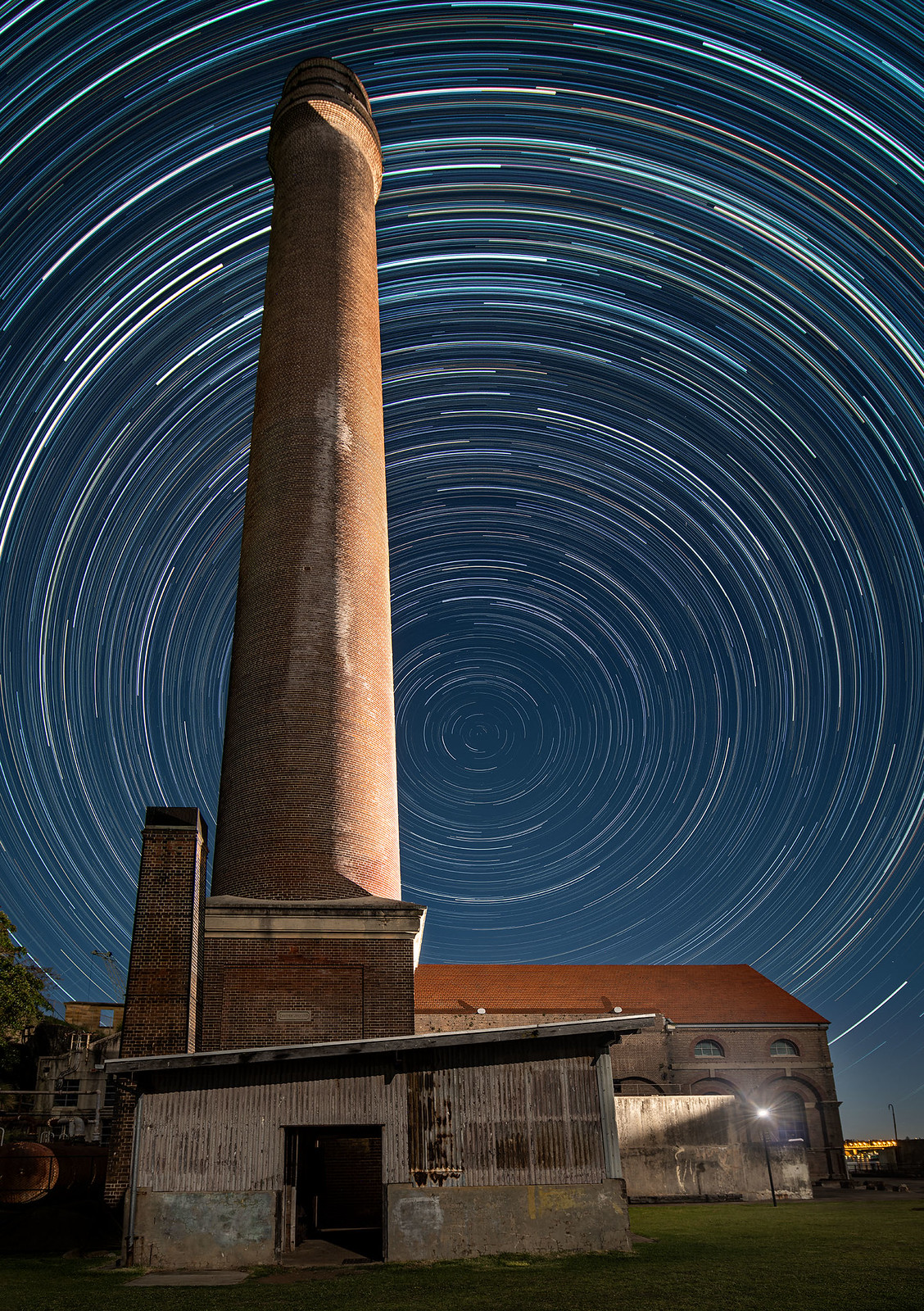Ed Hurst
Well-known member
Last July, I visited Cockatoo Island and posted some pictures with this intro.. Apologies for repeating it, but the context may be helpful for some.
"Situated in Sydney Harbour at the junction of the Lane Cove and Parramatta Rivers, Cockatoo Island is a fascinating place. These days, it's a UNESCO World Heritage Site. It was once heavily-vegetated, and Indigenous Australians called it Wa-rea-mah. It was used in the first half of the nineteenth century as a convict penal establishment - mainly to dispense punishment to convicts who had re-offended in the colonies. After that, it was used as one of Australia's largest shipyards, only ceasing operations in 1991. What remains is remarkably in tact - hence its significance to UNESCO. Wandering around really is a wonderful experience. It's accessible by ferry but never seems to be busy. It's almost a hidden gem in a bustling city - a bit of a time warp.
As part of this, a preservation group has restored a couple of steam-powered cranes and occasionally operates them for demonstration purposes. This one was built by Priestman's of Hull (in the UK) in the 1890s and is powered by a vertical boiler. Amazingly, it remained in frequent use until the late 1980s. Operated by a driver and two riggers, it played a vital role in the operation of Fitzroy Dock, moving along rails to assist with the maintenance of ships. It was also used to tow ships into dock."
The last shots were daylight images, showing this crane in steam. This time, I visited by night and got her with stars overhead. I actually pulled two all-nighters there, so will be posting more images when I get the time!
Fuji GFX100S with Pentax 645 28-45mm lens at circa 33mm
 StarTrailsFromFiles_DSF5522-6928_Step9sRGBSMALL by Ed Hurst, on Flickr
StarTrailsFromFiles_DSF5522-6928_Step9sRGBSMALL by Ed Hurst, on Flickr
"Situated in Sydney Harbour at the junction of the Lane Cove and Parramatta Rivers, Cockatoo Island is a fascinating place. These days, it's a UNESCO World Heritage Site. It was once heavily-vegetated, and Indigenous Australians called it Wa-rea-mah. It was used in the first half of the nineteenth century as a convict penal establishment - mainly to dispense punishment to convicts who had re-offended in the colonies. After that, it was used as one of Australia's largest shipyards, only ceasing operations in 1991. What remains is remarkably in tact - hence its significance to UNESCO. Wandering around really is a wonderful experience. It's accessible by ferry but never seems to be busy. It's almost a hidden gem in a bustling city - a bit of a time warp.
As part of this, a preservation group has restored a couple of steam-powered cranes and occasionally operates them for demonstration purposes. This one was built by Priestman's of Hull (in the UK) in the 1890s and is powered by a vertical boiler. Amazingly, it remained in frequent use until the late 1980s. Operated by a driver and two riggers, it played a vital role in the operation of Fitzroy Dock, moving along rails to assist with the maintenance of ships. It was also used to tow ships into dock."
The last shots were daylight images, showing this crane in steam. This time, I visited by night and got her with stars overhead. I actually pulled two all-nighters there, so will be posting more images when I get the time!
Fuji GFX100S with Pentax 645 28-45mm lens at circa 33mm
 StarTrailsFromFiles_DSF5522-6928_Step9sRGBSMALL by Ed Hurst, on Flickr
StarTrailsFromFiles_DSF5522-6928_Step9sRGBSMALL by Ed Hurst, on Flickr








 StarTrailsFromFiles_DSF1284-2580_Step8RotCropSMALL
StarTrailsFromFiles_DSF1284-2580_Step8RotCropSMALL StarTrailsFromFiles_DSF0296-1264_DxO_Step5sRGBSMALL
StarTrailsFromFiles_DSF0296-1264_DxO_Step5sRGBSMALL


